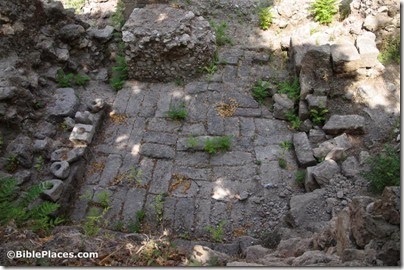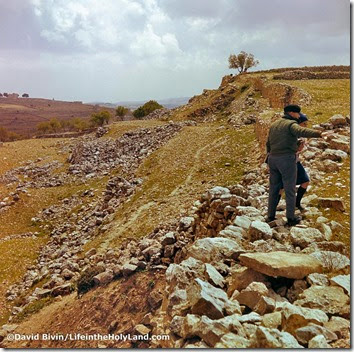Just before Palm Sunday, Jesus made the trek from Jericho to Jerusalem. What did he see?
A good book to read this week in the days leading up to Good Friday is The Final Days of Jesus, now $3.99 on Kindle.
The Temple Institute has built a sacrificial altar to be used in the Third Temple. Leen Ritmeyer comments.
Who is buried in the Prophetess Hulda’s tomb on the Mount of Olives? Miriam Feinberg Vamosh considers the question in a premium article at Haaretz.
The city of Afula plans to preserve its archaeological remains which span from the Chalcolithic to the Crusader periods.
Aren Maeir visited Hebron and took some photos of the ancient fortifications.
Leon Mauldin is in Athens now and shares some photos from the acropolis museum.
A large underground city has been discovered in Cappadocia.
You can vote for your favorite excavation photo in this year’s AIA Photo Contest. (No registration required.)
Now $0.99 on Kindle: The World and the Word: An Introduction to the Old Testament, by Eugene H.
Merrill, Mark Rooker, and Michael A. Grisanti. Also $0.99 on Vyrso.
HT: Agade

